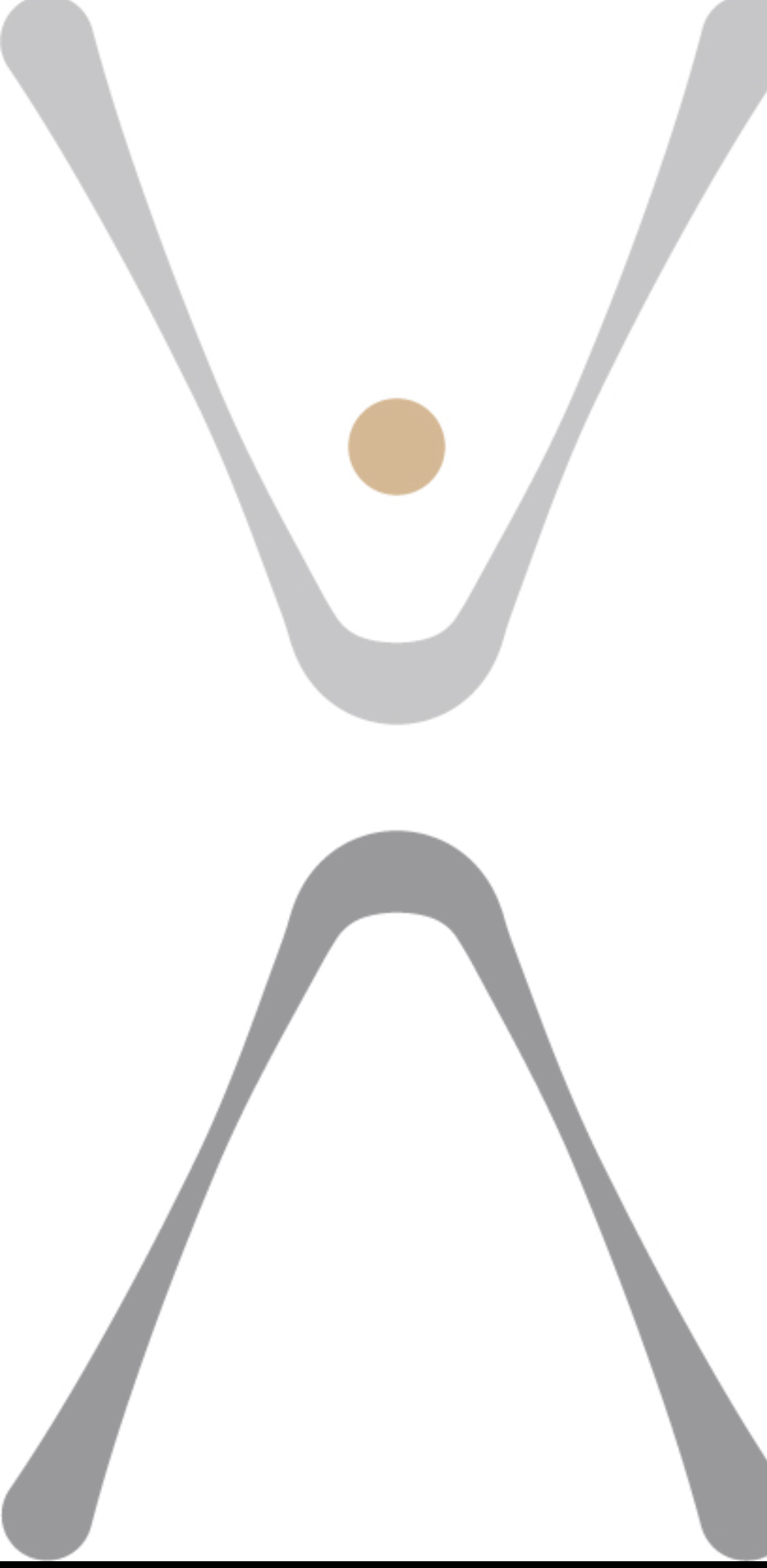Scoliosis & Pilates
- Brynn Patterson

- Jul 27, 2020
- 2 min read
Updated: Oct 11, 2024

Scoliosis is a lateral curvature of the spine of 10 degrees or more. All spines have front to back curves which help to evenly distribute body weight through the bones. Scoliotic spines also have curvatures going side to side either in the shape of an “S” or a “C”. With this lateral curve it is quite common to also see a rotation in the rib cage and hips/pelvis.
What do these added scoliotic curvatures mean for the person? A person with Scoliosis may have a decrease in their body awareness…thinking they are standing up straight however their head may not be centered or their hips or shoulders are not level. Scoliosis also affects balance and can lead to back pain. In severe cases lung and other organ function can be negatively impacted.
How can Pilates help Scoliosis? Pilates in general aims to balance the body…strengthening weak, elongated muscles and lengthening overly tight or shortened muscles to bring the client into their optimal, balanced posture. Teaching them how to move through space with this new, supported posture. And that is exactly how Pilates can help the client with Scoliosis. An experienced Pilates instructor will be able to offer individualized sessions identifying the postural abnormalities caused by the scoliosis. Appropriate elongating and strengthening exercises then gently coax the spine out of these lateral curvatures. Through a committed practice of pilates the client with Scoliosis can improve their body awareness and movement but also stabilize and even decrease their curvatures.
How does Pilates compare to other treatments for Scoliosis? The two most common treatments for Scoliosis are spinal fusion surgery and bracing. Spinal Fusion surgery is an invasive procedure that involves fusing several vertebrae with screws and rods that remain in the body. However once fused together, those vertebrea will no longer bend, rotate or extend and there will usually still be some level of lateral curve and rotation in the spine. This severely limits a persons ability to move their spine and often times leads to pain and dysfunction in the non-fused area of the spine. The spine will never again be able to fully move like a non-fused spine and many activities and sports will have to be avoided in order to keep the hardware intact.
Bracing involves wearing usually a hard-shell brace for up to 23 hours a day to force the spine into a more aligned position. Some braces are more comfortable and affective than others so it often times requires much trial and error to find the correct one for your spine. Also, corrective exercise has been found to be just as effective, if not more so than bracing.
So if you or a loved one has been diagnosed with Scoliosis…give pilates a try before opting for more invasive corrective procedures. Pilates will give the person a life long tool for maintaining a strong, flexible spine as well as the ability to literally lift themselves out of their scoliotic curve.
Sources:
Negrini, S., et al. “Physical Exercises as a Treatment for Adolescent Idiopathic Scoliosis.” Pediatric Rehabilitation, vol. 6, no. 3-4, July 2003, pp. 227-235.
Mooney, Vert, et al. “A Preliminary Report on the Effect of Measured Strength Training in Adolescent Idiopathic Scoliosis.” Journal of Spinal Disorders, vol. 13, no. 2, Apr. 2000, pp. 102-107.




Comments